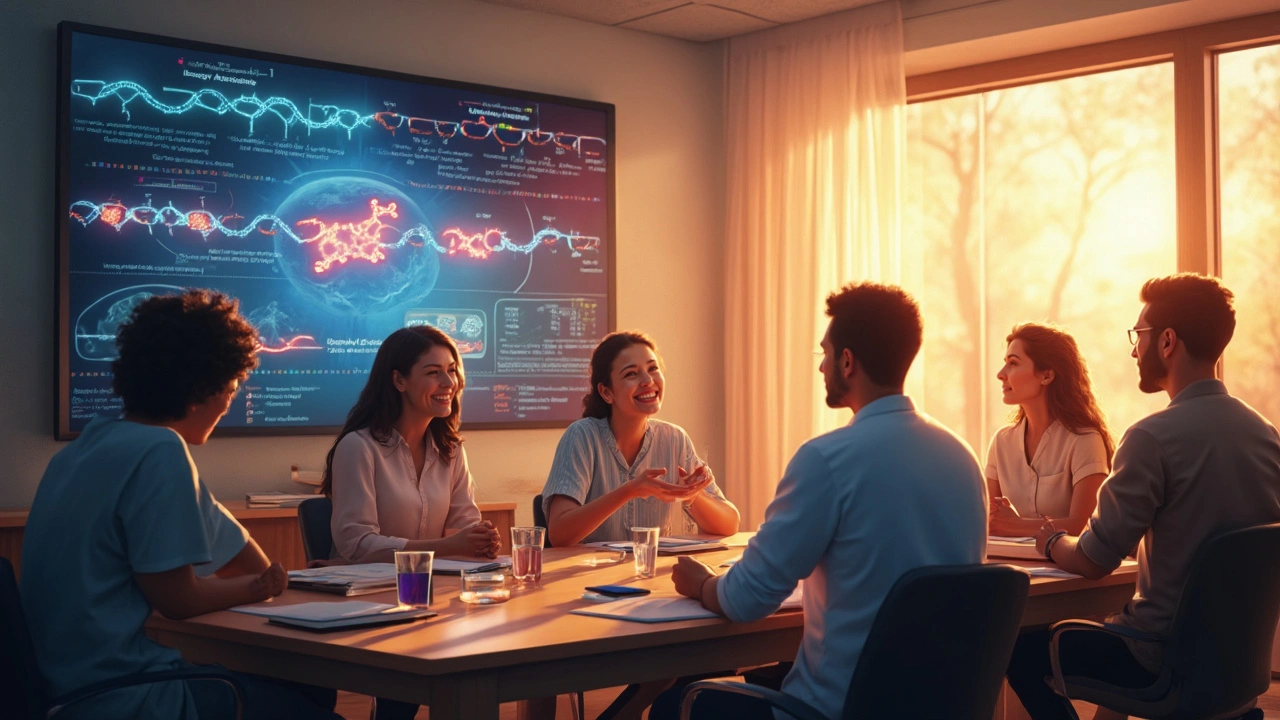Understanding Genetic Mutations in Leukemia
Ever wonder what actually causes leukemia? At its core, leukemia is often driven by genetic mutations—changes in the DNA inside blood cells that mess up how they grow and work. These mutations can kickstart the uncontrolled growth of abnormal white blood cells, leading to the various types of leukemia. Knowing which mutations are involved helps doctors catch the disease early and choose the right treatment.
Not all mutations are created equal. Some trigger leukemia directly, while others make cells more prone to cancer over time. For example, mutations in genes like FLT3, NPM1, or TP53 affect how blood cells behave, sometimes causing them to multiply too fast or survive when they shouldn't. These genetic details can even predict how aggressive the leukemia might be and help shape personalized therapy plans.
Types of Genetic Mutations Commonly Seen in Leukemia
Leukemia isn't a single disease but a group with different genetic drivers. Acute Myeloid Leukemia (AML) often shows mutations in the FLT3 or NPM1 genes, which impact cell growth signals. Chronic Myeloid Leukemia (CML) is famously tied to a specific gene fusion called the Philadelphia chromosome, which leads to constant activation of a growth-driving protein. Acute Lymphoblastic Leukemia (ALL) also involves unique mutations affecting lymphoid cells. Understanding these distinctions is key to targeted treatments.
Why Genetic Testing Matters
If you've been diagnosed with leukemia, your doctor will likely recommend genetic testing of your cancer cells. This isn't just a formality—genetic testing reveals the exact mutations at play, helping to select medications that specifically target those changes. Some newer drugs are designed for cells with particular mutations, improving the chances of success and reducing side effects. Plus, tracking genetic changes over time can show if the leukemia is responding or if it’s evolving.
Genetic mutations can also emerge from exposure to radiation, chemicals, or even inherited factors, but often they just happen randomly. While we can’t always prevent these mutations, understanding how they drive leukemia opens doors to better, smarter treatments. If you’re curious to learn more or want to explore treatment options, talking to a hematologist or oncologist who understands these genetics is a great step.
Genetic mutations aren’t just confusing jargon; they’re the real reason leukemia develops and progresses. Learning about them puts you ahead in knowing how your body works or how treatments might work in your case. Stay informed, ask questions, and remember—science keeps advancing, bringing new hope every day.

